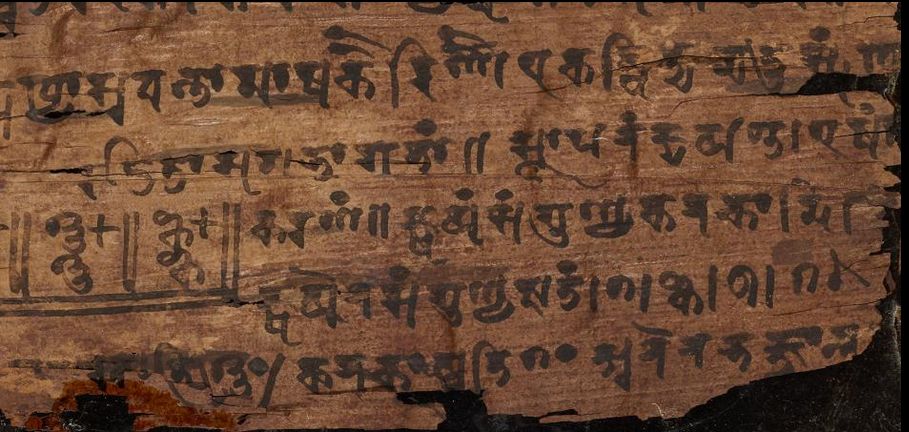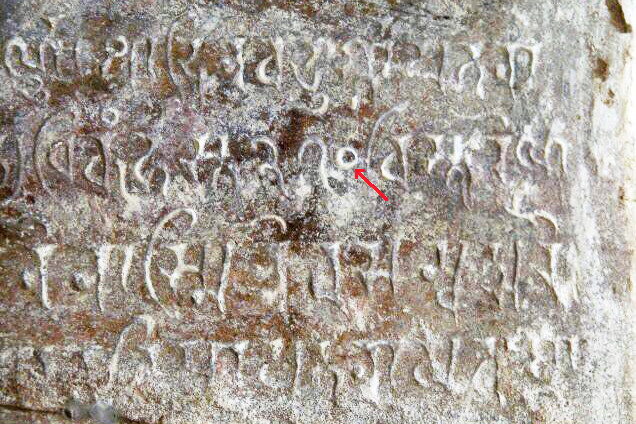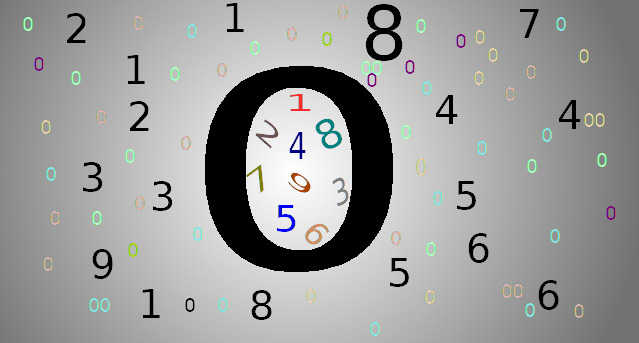In our series on Myths Under the Lens, you have already read the article on numerology “Is numerology a science or myth”. This time the same author MK dwells into the origins of zero which is believed to have originated in India. Read on to see whether it is true or a myth.
Manoj Pandey*
Before we come to the question of ‘Who invented zero?’, let us answer this question:
Why was zero required?
We have been studying mathematics with 10 digits that can make any number, from our childhood. So, we take zero for granted. But the concept of zero took a long time to develop.
Think from the point of view of an illiterate person living deep in a forest. He has a particular number of fingers, each finger has some joints. He kills some birds and then arranges them in a row and then one is eaten away by a crow. He counts them all and finds one less. He can still count them with fingers. He eats the remaining ones and there is nothing left to count. Over time, he has to deal with things in numbers greater than the number of joints in his fingers. He develops his own system of numbers that can go up to, say, a hundred. He can make small calculations and depict numbers with sticks rather than finger joints.
Well, this was how numbers seem to have originated. The way they were depicted became more sophisticated as civilizations standardised them: the Greeks and Romans developed a system that could count large numbers with special characters – each depicting a number. The way these digits were placed one after the other and repeated made the exact number. In Romans, you can write a large number (e.g. 567,890,004) by using M for 5000, C for 100 etc. But such number systems were cumbersome to write/ read and difficult to make calculations.
Over a period, positional numeral systems developed in many parts of the world, in which the position of a digit in a number decided its value. So, 1 in the first position would have value 1, but its value became 10 when it was placed in the second position. While some civilizations had number systems with 20 or 60 digits, the decimal system (with base 10 digits) became mainstream in many parts of the world.
When the positional systems were not yet mature, people did not know what to do when a position had no number. This problem was solved by Sumerians> Babylonians in Mesopotamia some 5000 years ago by placing a space where no digit existed in a position, but the space was prone to errors in writing (e.g. 1001 would be written as 1_ _1). Much later, a symbol started to be kept in the place of the void in the number systems, perhaps independent of other number systems. In Babylonia itself, it took thousands of years before they standardized a double-angled wedge to denote a blank entry. In the Americas, Mayans used a seashell symbol to denote the placeholder for the void.
The placeholder for the void solved the issue of depicting a vacant place in the number systems. The placeholder was the precursor to zero.
Records say that zero originated in India like in other parts of the world. Is it so?
Probably yes.
In India, the concept of ‘void’ or ‘nothingness’ was prevalent in philosophy. There was emptiness (shunya) where there was no substance; in other words, shunya too was something that depicted nothing. Even Rig Veda has mentions of the void. (On the other hand, even later day Greek philosophers and thinkers were not sure how nothing could be a form of something.)
It is also true that despite its mention in Vedic philosophy, early mathematicians in India faced the same issues as was faced by other civilizations because they had no way to depict the void in the number system. Then they also discovered zero, the way Babylonians and Mayans did, perhaps independently*1.
To say that zero is India’s gift to the world is just hot air?

To the extent that a placeholder was assigned to depict a void in the positional number system, India does not claim to have made a special contribution.
But it was ancient India, where the placeholder was assigned the role of a number.
The earliest proof of zero being used in India comes from Bakshali*2 manuscript in which zero is written as a small dot. Recent carbon dating of Bakshali manuscript has shown that some of it belongs to the third or fourth century. If Bakshali manuals were Indians’ guide-books to Arab merchants, zero must have been part of the numeral system used by masses in India much before it was adopted by Arab traders and taken to present-day Europe. Mathematicians must have been using zero as a number much earlier than the masses.
Brahmagupta used zero as a number in his treatise Brahmasphuta Siddhanta, written in 628 A.D. and used a small dot for it. It is interesting that he even ventured to do mathematical calculations using the number zero and was right except for the division by zero!

The number zero has been found to have been used in an inscription in Chaturbhuj temple in Gwalior, MP, for describing land measurement of a garden and its harvest. The temple was carved on a rock in 875AD.
There is no consensus as to when the concept of the void travelled in India from philosophy to mathematics and astronomy, but it is likely that some form of number zero had been evolved by Indians and was in use in Vedic mathematics and astronomy. Going by the archaeological evidences available to date, zero as a number originated in India at least before the 7th century AD.
Assigning a value to the void in the number system is what makes zero one of the biggest inventions in the history of mankind. That is what India gifted to the world, and that makes zero what it is today: an essential number in all branches of mathematics and other sciences.
Footnotes:
- *1: There is a difference of opinion whether the concept of void travelled from Babylonia to India or originated in India itself. Most scholars believe that the concept was part of Indian philosophy much earlier.
- *2: Bakshali is a place in present-day Pakistan. The manuscript, in birch bark, is preserved in Oxford University. This is supposed to be a manual of calculations meant for merchants.
- Incidentally, the word zero has also originated from Sanskrit. Shunya (Sanskrit)> sifr (Arabic)> zephyrus (Latin, Greek)> zefiro (Italian)> zero(French)> zero (English).
- Resources: Most resources available in book or web form use the same original sources. The following three among them are linked for easy reference:
- 0 [https://en.wikipedia.org/wiki/0]
- India and the origins of zero [https://www.firstpost.com/long-reads/india-and-the-origins-of-zero-4162795.html]
- Who Invented Zero [https://www.livescience.com/27853-who-invented-zero.html]

*About the author: This article has been contributed by Manoj Pandey. He does not like to call himself rationalist but insists on scrutiny of apparent myths as well as what are supposed to be immutable scientific facts. Please don’t take the views of the author as the views of Raag Delhi.



